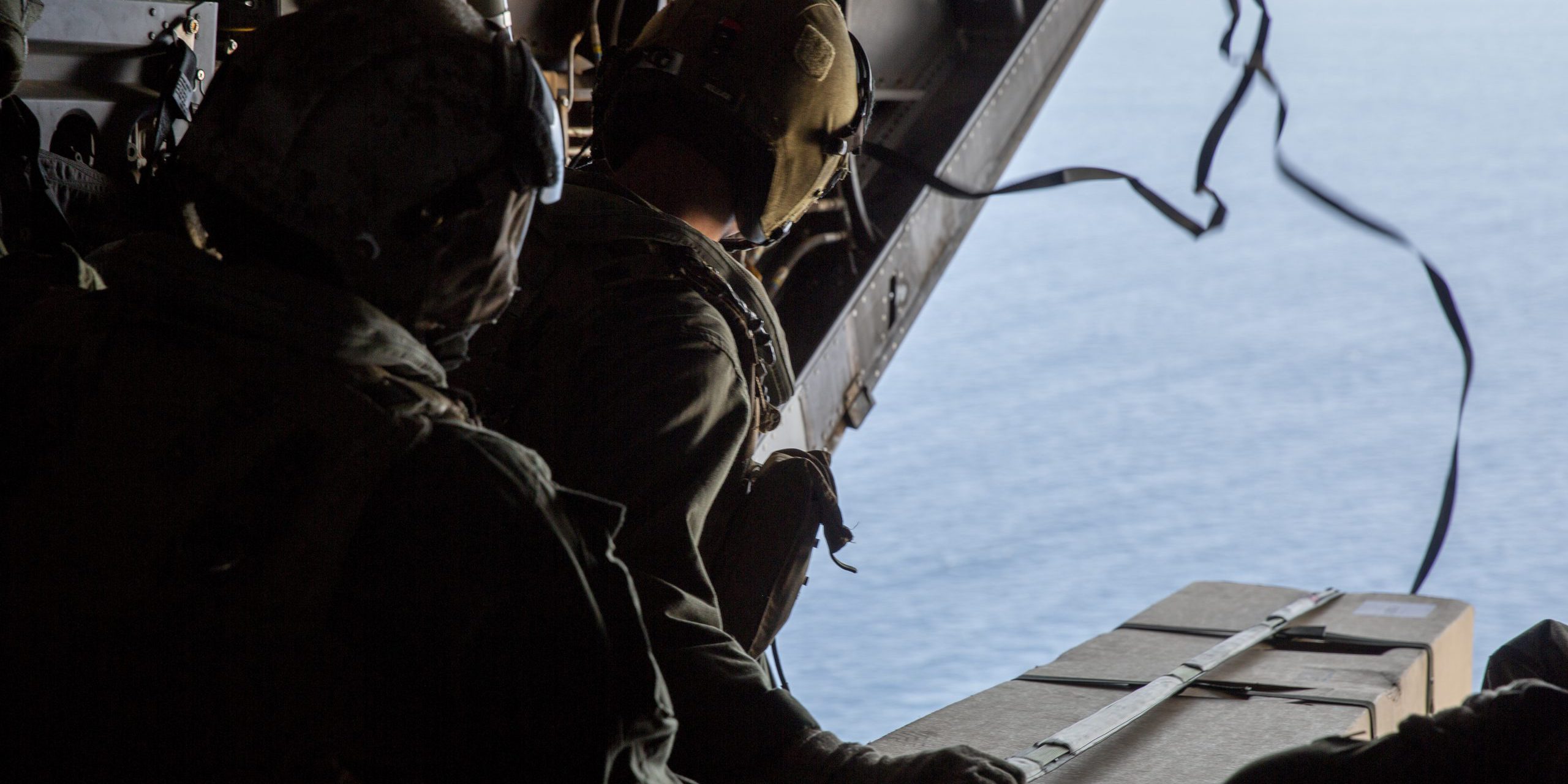MIRAMAR, Calif. —
The Marine Corps continuously works toward enhancing its operational capabilities while performing amphibious operations to save lives and ensure mission success. For the first time, Marines with Marine Medium Tiltrotor Squadron 163, Marine Aircraft Group 16, 3rd Marine Aircraft Wing, launched four oceanographic sensors from MV-22B Ospreys into the Pacific Ocean as part of Trident Warrior 20. By deploying these sensors, Marines were able to capture critical information about features that increase battlespace awareness.
“The ability to deploy these sensors from the MV-22 is important because it provides a unique capability for a new type of aircraft,” said Steven Jayne, a senior scientist with Woods Hole Oceanographic Institution. “Because of how accurate the sensors are, commanders can ensure a safer environment for future amphibious operations.”
Previously, these sensors have only been deployed from the back of C-130s or directly by ships. Having a facile aircraft like the Osprey offers new opportunities to get battlespace sensors into the regions where they are needed.
“Using the MV-22 to deploy these sensors not only greatly expands when and where oceanographic data can be collected, but having the capability to organically deploy these sensors can ensure that the data most relevant to the Marine Corps is captured,” said Jayne.


